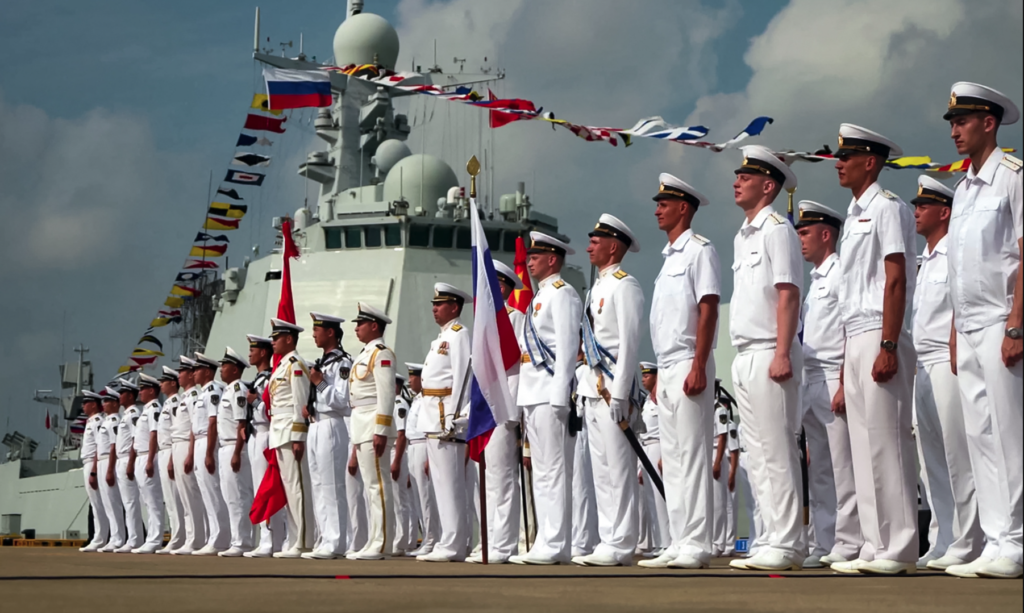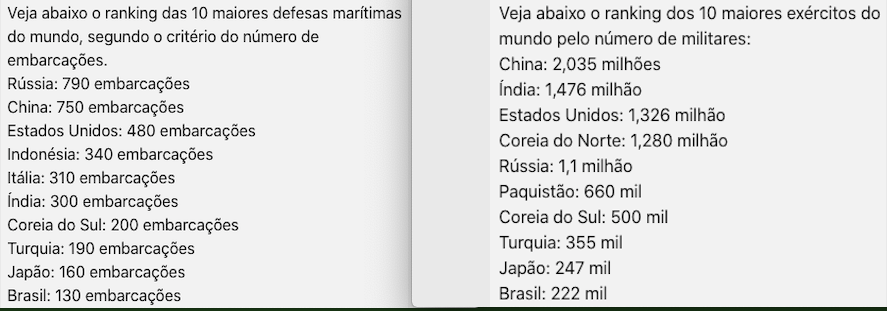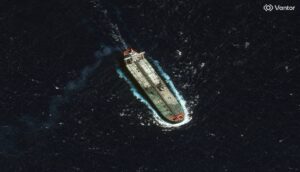
Published 09/02/2024 12:07
In the context of global maritime powers, Russia and China emerge as undisputed protagonists, with navies that, in quantitative terms, lead the world ranking. Based on the Military Balance 2024According to a report by the International Institute for Strategic Studies (IISS), Russia has the largest naval fleet in the world, with 790 vessels, closely followed by China, with 750 vessels. The United States, in turn, occupies third place with 480 vessels, equivalent to 60% of the Russian contingent. This distribution of forces in the naval domain is clear evidence of the growing strategic importance that both countries attribute to their naval power.
The increase in naval power between Russia and China, coupled with their strategic partnership, represents a significant shift in the global geopolitical order. While the number of vessels is an important indicator, the true measure of naval power lies in the ability to project force, supported by cutting-edge technology and an efficient military doctrine. In this sense, the alliance between these two military giants has the potential to redefine the rules of the game on the global stage, challenging the historical supremacy of the West and establishing new parameters for the balance of power in the 21st century.

Russia and China: a growing strategic partnership
The relationship between Russia and China transcends the economic realm, expanding into a strategic alliance with significant implications for global security. Both countries, which have traditionally maintained a strong focus on their land forces, are now investing heavily in their naval capabilities. China, with a troop strength of over 2 million troops, leads the global ranking of land forces, while Russia, with 1.1 million troops, is the fifth largest land force in the world. However, it is at sea that this partnership takes on a new dimension.
The expansion of the Russian and Chinese fleets, in addition to reflecting the growing rivalry with the United States, demonstrates a clear intention to project power beyond their regional borders. The cooperation between the two countries, which has already manifested itself in joint military exercises and an increasing exchange of military technology, has the potential to alter the balance of power in the Pacific Ocean and the Arctic, regions that are strategic for both Russia and China.
Naval power: quantity versus quality
Despite the impressive number of Russian and Chinese vessels, the quality of the vessels is as crucial as the quantity. The United Kingdom, for example, with only 120 vessels, has a superior combat power than Brazil, in tenth place, which has 130 vessels, due to the greater technological sophistication of its units, including nuclear submarines and aircraft carriers.
The IISS Military Balance 2024 recalls that in August 2023, President Luiz Inácio Lula da Silva announced the New Growth Acceleration Program (PAC), with investments of up to R$1.7 trillion in all sectors of the economy, including R$52.8 billion for defense. The report also mentions that Brazil is developing its own submarines, including nuclear-powered ones.
In the case of Russia and China, both countries have made significant progress in modernizing their fleets, incorporating advanced technologies such as nuclear submarines, state-of-the-art destroyers and, in the case of China, domestically built aircraft carriers. These developments point to a growing capacity for force projection in theaters of operations far from their shores, which poses a significant strategic threat to their global rivals.
Geopolitical implications
The expansion of Russian and Chinese naval forces comes at a time of rising geopolitical tension. In the Pacific, China is seeking to assert its dominance over disputed areas in the South China Sea, while Russia is increasing its presence in the Arctic, a region rich in natural resources and with strategic sea lanes. Cooperation between the two countries in this arena increases pressure on the United States and its allies, which now face the prospect of a rival naval alliance that could challenge their maritime supremacy.
Furthermore, the growing military interdependence between Russia and China could lead to greater strategic coordination, making it more difficult for the West to take countermeasures. This partnership not only strengthens their respective regional positions, but also has the potential to alter the balance of power in global conflicts, given the expanded reach of their militaries.
Joint military exercises, naval cooperation and regional stability
The Chinese and Russian navies have been conducting joint military exercises in the South China Sea and a maritime patrol in the Pacific Ocean, aiming to strengthen military cooperation and promote stability in the region. The exercise, called Joint Sea-2024, took place in early July and included live-fire maneuvers and simulations of joint defense, search and rescue, and air defense. During the same period, the coast guards of the United States and the Philippines also conducted a joint training exercise in the same sea, a bilateral search and rescue exercise, according to a statement from the U.S. Navy.
China claims control over nearly all of the South China Sea, including the disputed Second Thomas Shoal, where the Philippines keeps a rusting warship that it deliberately ran aground in 1999 to bolster its maritime claims and has been central to a recent standoff between the two countries.
Simultaneously with the exercise, a joint maritime patrol in the Pacific Ocean was also conducted by the two nations, Russia and China. According to the Chinese Defense Ministry, this patrol does not target third parties and is not related to the current international or regional situations, highlighting the defensive and cooperative nature of the operations.
Both countries are permanent members of the UN Security Council that shoulder the responsibility of safeguarding world peace and stability, both countries uphold true multilateralism, and both countries oppose hegemonic acts and bloc confrontations in international relations, Zhang said.
Chinese military experts stress that such joint naval activities are routine and reflect the commitment of both countries, which are permanent members of the UN Security Council, to safeguarding world peace and stability. They also say that China-Russia military cooperation has strengthened in recent years, particularly after the US sanctions against Moscow.
The “no-holds-barred” partnership between China and Russia, declared in 2022, has significantly boosted bilateral trade, which hit a record $240.1 billion in 2023, up 26.3% from the previous year. China-U.S. trade fell 11.6% last year to $664.5 billion, Chinese customs data show.
Source: vermelho.org.br

